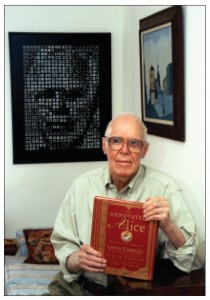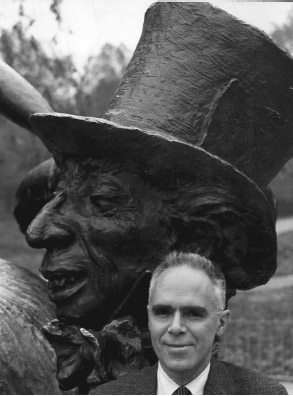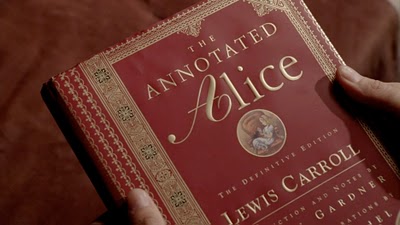Fairy Tales re-imagined on TV and in books
 Tuesday, October 25, 2011 at 09:15AM
Tuesday, October 25, 2011 at 09:15AM Mix up traditional fairy tale characters such as Snow White, Prince Charming and Rumplestilskin with literary 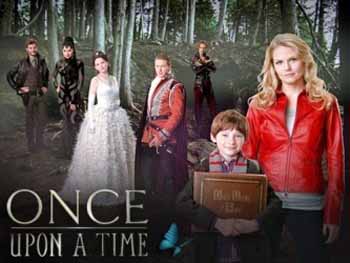 fairy tale characters such as Pinnochio, the Blue Fairy and perhaps someone from Alice's Adventures in Wonderland with a dose of contemporary fantasy and modern sensibility. One result is a new television series on Sunday nights on ABC, Once Upon a Time. This show is for families and fantasy fans while on the darker, flip side fairy tales get the law-and-order, violent treatment with Grimm beginning this Friday night on NBC.
fairy tale characters such as Pinnochio, the Blue Fairy and perhaps someone from Alice's Adventures in Wonderland with a dose of contemporary fantasy and modern sensibility. One result is a new television series on Sunday nights on ABC, Once Upon a Time. This show is for families and fantasy fans while on the darker, flip side fairy tales get the law-and-order, violent treatment with Grimm beginning this Friday night on NBC.
Once Upon a Time intends to draw in readers of Harry Potter as well as the many YA, middle-school and adult books, such as Brandon Mull's Fablehaven series, E. J. Patten's new Return to Exile series, Gail Carson Levine's Ella Enchanted and her subsequent princess books, Shannon Hale's The Princess Academy series, Cressida Cowell's How to Train a Dragon series, the Eoin Colfer's Artemis Fowl series in chapter book and graphic novels, etc. Combining fairy tales with fantasy and contemporary realism has become a popular story well to mine, accompanied by the elves and dwarves who know the way through the tunnels.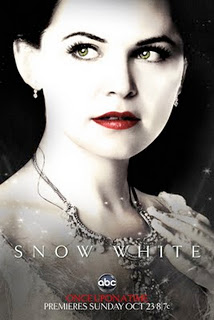 Ginnifer Goodwin as Snow White/Sister Mary Margaret
Ginnifer Goodwin as Snow White/Sister Mary Margaret
Once Upon a Time stars Ginnifer Goodwin as Snow White and Josh Dallas as Prince Charming who are cursed by a wicked witch played by Lana Parrilla. The witch's curse seems to be that the characters are transformed into the creepy world of 21st century Storybrook, Maine.
Not that long ago some book publishers, librarians, and adults directing children to books decided that kids did not want to read fairy tales or fantasy. J.K. Rowlings opened up the floodgates by proving them wrong. Kids enjoy the excitement, dark turns with usually happy endings, romance, and swashbuckling adventures in these kids of books. So, it seems that it's about time that television has figured out that a series that interweaves these kinds of tales while still having a PG sensibility might work.
Obviously, I've just seen one episode and the series is laying the groundwork for the complicated material that is bound to come later. I do want to point out that there is a significant difference between traditional fairy tales that the Grimms and others collected and literary fairy tales created by one author, such as Lewis Carroll or L. Frank Baum. It's just a little unsettling to see the two mixed up so freely here.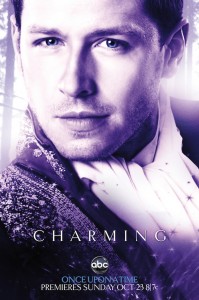 Josh Dallas as Prince Charming in Once Upon a Time
Josh Dallas as Prince Charming in Once Upon a Time
It's not surprising that Once Upon a Time has roots in the mysterious series Lost; two of that series writers – Adam Horowitz and Edward Kitsis -- are the creators of this show. They also worked on the tightly crafted Felicity.
"We love the mish-mash,” Kitsis told the Hollywood Reporter last summer about scenes in which Geppetto interacts with Grumpy, etc. Maybe so, but the mish-mash may become a little confusing as viewers make the connection between fairy tale time and contemporary times. For instance, Snow White becomes the beloved teacher Sister Mary Margaret in Storybrook. Or remembering Rumplestilskin from the Shrek films and then from fairy tales and then trying to remember exactly why he was bad.
Maybe there's a need for a fairy tale quick guide.
 Alice in Wonderland,
Alice in Wonderland,  Artemis Fowl,
Artemis Fowl,  Ginnifer Goodwin,
Ginnifer Goodwin,  Harry Potter,
Harry Potter,  Josh Dallas,
Josh Dallas,  Lewis Carroll,
Lewis Carroll,  Lost,
Lost,  Once Upon a Time,
Once Upon a Time,  Shannon Hale,
Shannon Hale,  Snow White,
Snow White,  fairy tales,
fairy tales,  television in
television in  Alice in Wonderland,
Alice in Wonderland,  L Frank Baum,
L Frank Baum,  Lewis Carroll,
Lewis Carroll,  Wizard of Oz,
Wizard of Oz,  adolescent literature,
adolescent literature,  films,
films,  graphic novels,
graphic novels,  popular culture,
popular culture,  television,
television,  tween literature
tween literature  Email Article
Email Article  Permalink
Permalink 
